Markets in ‘Wait and See’ Mode While Safe-Haven Currencies Favored | Daily Market Analysis

Key events:
- Eurozone – ECB's Panetta Speaks
- Canada – New Housing Price Index (MoM) (Mar)
- Canada – Wholesale Sales (MoM)
Due to the Fed officials' communications blackout period prior to the FOMC meeting next Wednesday, the economic data for this week will play a significant role in shaping the markets. As a result, the markets are expected to adopt a "wait-and-see" attitude. Despite the highly challenging environment, the global economy's counterbalancing forces have kept the ship sailing smoothly. Factors such as a remarkably resilient US labor market, robust China data, and the absence of crises from regional banks have helped to maintain stocks within a range-bound. While there has been mixed news, investors' top-of-mind fears around deposit flight and credit crunches were better than expected in the bank's latest earnings results.
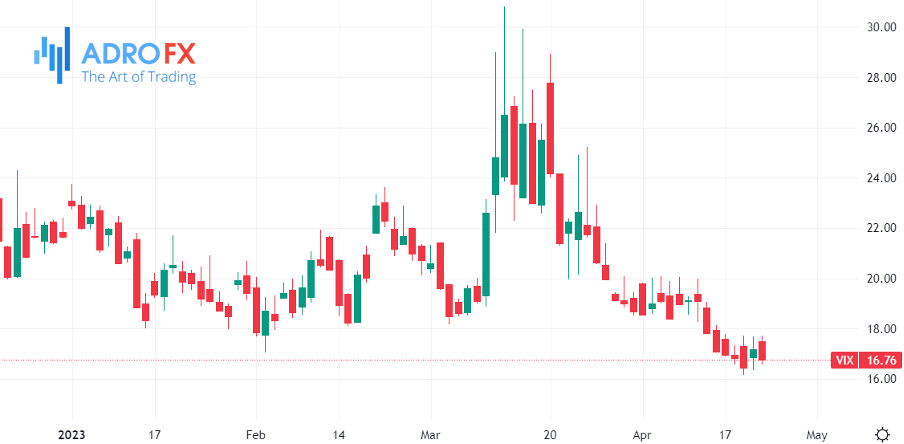
The VIX's decline has generated much discussion about the systematic footprint on US markets. Equity volatility, as indicated by the VIX, has returned to its historically normal range. Implied and realized equity volatilities measured over the last two to four weeks are at their lowest since December 2021. However, they have decreased from elevated levels last year to historically normal ranges. The VIX is currently in line with its 20-year median. The steady decline in equity vol has been a significant driver of the increase in systematic strategy positioning this year. However, these strategies are typically closely linked to realized vol measured over longer periods, such as over three months. Three-month vol is still above its normal range, indicating more room for a decline and, consequently, for systematic strategies to raise their exposure further in the S&P 500.
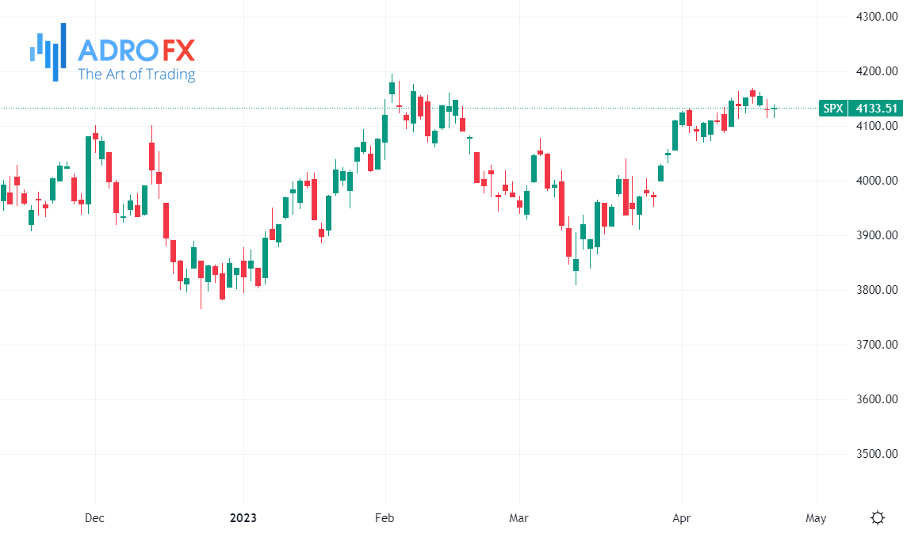
The Federal Reserve is relying on tighter credit conditions to bring about the desired economic results, while the European Central Bank (ECB) is not expected to provide significant assistance in tackling inflation. A strong inflation report for April could lead to a 50 basis points increase in the next meeting, causing more divergence than currently anticipated and raising the cap on EUR/USD targets this year. However, the ECB may face credit concerns in the future, as sovereign spreads pose a potential risk. To attract portfolio inflows, the Euro must instill more confidence in investors regarding longer-term capital return prospects. With these constraints still present, it is doubtful that the EUR/USD will exceed 1.1200 this year.
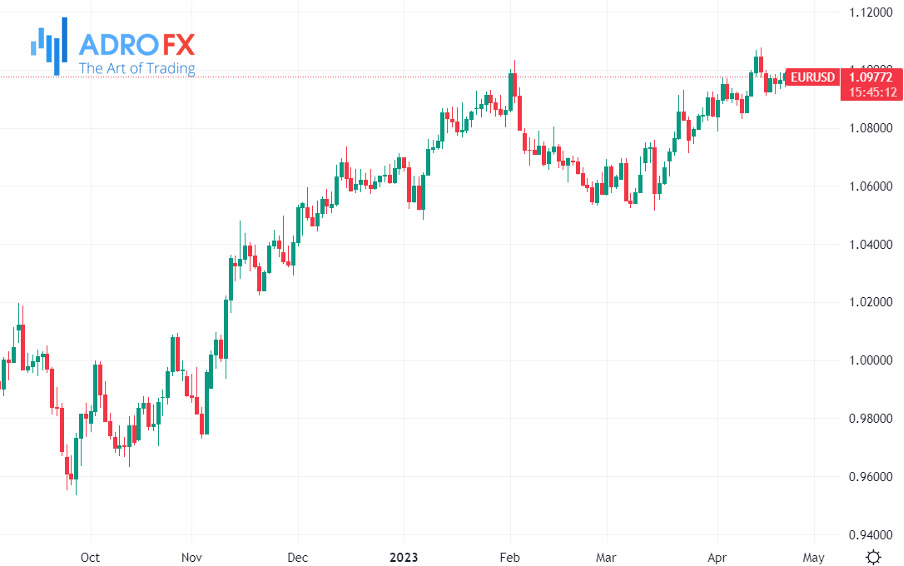
Ahead of the April 27-28 meeting, speculation has increased regarding the Bank of Japan's (BoJ) policy normalization, largely due to expected strong wage growth and new core CPI inflation reaching fresh multi-decade highs in March. Nevertheless, with the potential of a US recession looming, the BoJ may be hesitant to change policy at this time.
The deadline for the US debt ceiling is approaching and could occur in early June. Most people believe that the likelihood of a "no deal" outcome is higher than at any point since 2011. However, the direct impact on spot FX markets is unclear. In more severe outcomes, safe-haven demand could temporarily increase the value of the Dollar. In most cases, however, the Dollar responds negatively, which could potentially weigh on growth, cause sentiment issues, and lead to the fiscal reduction that may be part of a deal.
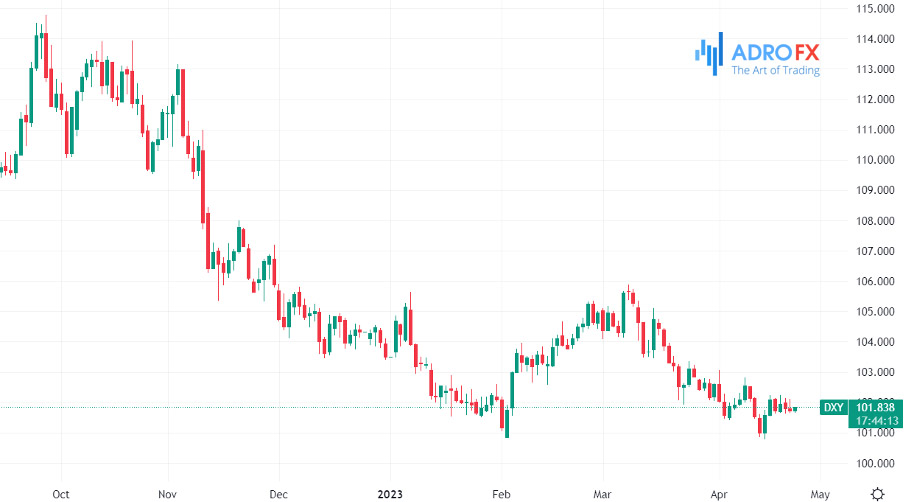
The current investment environment presents challenges in promoting a "sell dollar, buy everything" thesis. Despite the possibility of data slowdown and potential easing by the Federal Reserve (Fed), a decline in the dollar may not be evident until the second half of the year. As a result, investors may increasingly prefer defensive positions in safe-haven currencies such as the Japanese yen and Swiss franc, particularly in cross rates even if not against the dollar. For instance, the AUD/JPY cross rate could potentially decline toward the lows of 86/87 over the coming months.
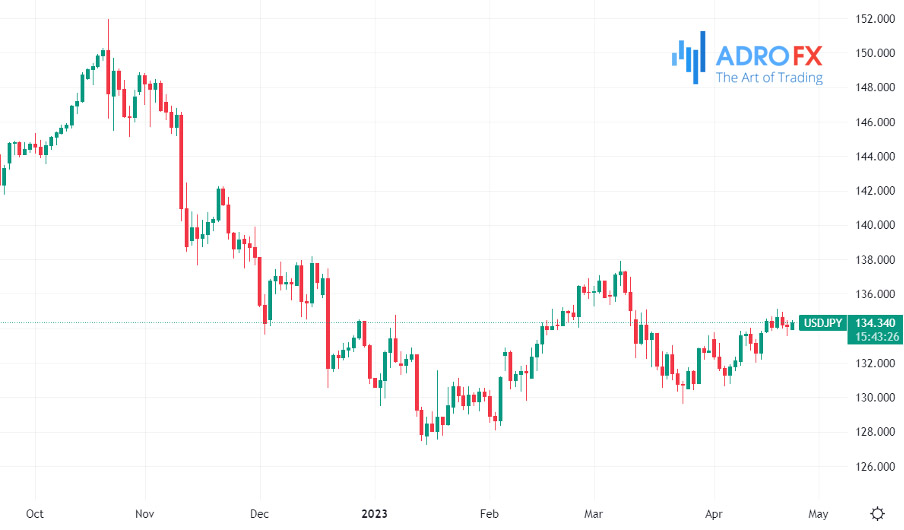
In terms of the US Dollar Index (DXY), USD/JPY could exert downward pressure on it, and it may be premature to buy the dollar on any flight-to-quality trades. A potential dollar rally could occur as a result of a debt ceiling crisis causing disruptions in US money markets. However, before that happens, there may be downside pressure on USD/JPY, with a preference for it moving towards the lower end of its new range of 130-135.









